Nabe-yaki udon is a beloved Japanese dish that combines hearty udon noodles with a variety of fresh ingredients, all simmered to perfection in a steaming hot pot. This comforting meal is particularly popular during the colder months, offering warmth and satisfaction with every bite. In this article, we’ll explore the rich history of nabe-yaki udon, its regional variations, and the essential ingredients that make this dish so special. We’ll also provide tips on how to enjoy it and where to find the best nabe-yaki udon in Japan.
Join us on this culinary journey to discover why nabe-yaki udon has become a cherished staple in Japanese cuisine!
What is Nabe yaki Udon?
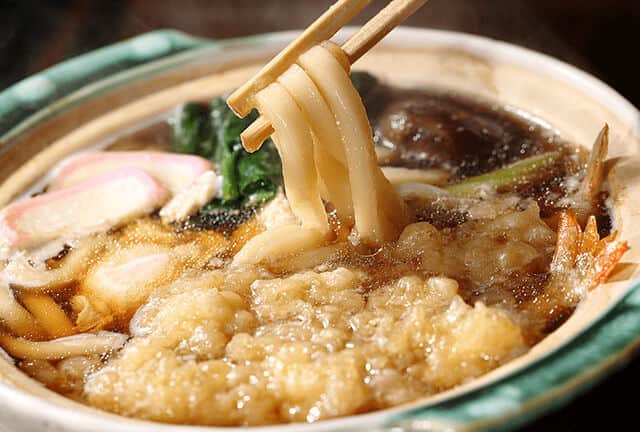
Nabe-yaki udon (鍋焼きうどん) is a popular Japanese noodle dish that consists of udon noodles cooked in a small, individual hot pot. The chef cooks this stewed udon noodle dish in a small single-portion pot, combining noodle soup, udon noodles, fried tofu, kamaboko fish cake, eggs, and other ingredients. Diners eat it straight from the pot.The dish typically includes thick udon noodles, a variety of vegetables (such as green onions, mushrooms, and carrots), and proteins like chicken, seafood, or egg. It often features a raw egg cracked on top, which cooks in the hot broth.
History of Nabe yaki Udon
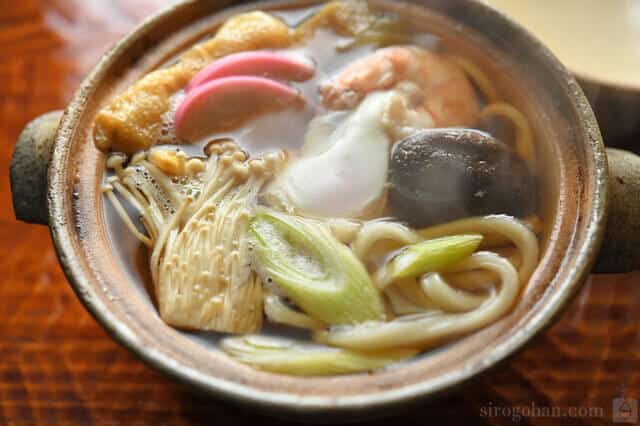
Nabeyaki udon first emerged at the end of the Edo period, with its origins traced back to Osaka. The dish gained prominence in the play “Suibotai Satori No Nozarashi,” performed at the Ichimura-za Kabuki theater, one of the Three Great Theaters of Edo. In the story, a man selling udon noodles near the Sanmon gate of Shitennoji Temple mentions how he previously sold peas, a local specialty, but had to pivot his business due to the rising popularity of udon. This reference to “nabeyaki udon” in the play highlights its popularity at food stalls in Osaka during that time.
By the early 1870s, nabeyaki udon had made its way to Tokyo, where it quickly gained traction, particularly in the downtown area, replacing the previously favored dish known as “yotaka soba.” Interestingly, some say that nabeyaki udon originated in Matsuyama, where it became a beloved soul food after World War II, a time when sweets were scarce. Two specialty shops in Matsuyama have served this dish since shortly after the war, and customers can find it in various restaurants throughout the city. Restaurants in Matsuyama traditionally prepare Nabeyaki udon in an aluminum pot, combining soft noodles in a sweet broth, and topping it with tender, sweetly stewed beef.
Which ingredients add a seasonal touch to your nabeyaki udon?
Seasonal Vegetables
Chinese cabbage:
Available in abundance during the winter months, Chinese cabbage serves to increase the volume of nabeyaki udon while at the same time deepening its flavor by adding sweetness. Yellow leaves at the cut end are said to be particularly tasty.
Seafood that adds richness and luxury
Shrimp in the Shell:
Shrimp in the shell, a popular winter seafood, is an ingredient that strongly evokes a sense of the season. They are boiled, shelled, and used after the backs are removed.
Mushrooms that add flavor and aroma
Braised Dried Shiitake Mushrooms:
Dried shiitake mushrooms are used mostly during the winter season and can be pre-cooked for an authentic finish. Adding stewed dried shiitake mushrooms enhances the flavor and aroma of nabeyaki udon.
Other ingredients that add seasonal flavor
Shiitake mushrooms:
Shiitake mushrooms are another mushroom used frequently during the winter months and can be added whole to create a luxurious atmosphere. They can also be sliced thinly and are a good choice for children.
Nabe yaki Udon Recipe
Nabe yaki Udon Ingredients
| Ingredients for 2 persons | Measurements |
|---|---|
| Udon (frozen) | 280g |
| Cut rice cake | 100g |
| Shrimp tempura | 100g |
| Kamaboko (fish cake) | 60g |
| Thick egg omelet | 60g |
| Eggs | 100g |
| Lively chicken thighs | 80g |
| Fresh shiitake mushrooms | 30g |
| Carrot (plum type) | 40g |
| Long onion | 40g |
| Spinach (frozen) | 40g |
| [Broth] Dashi stock | 960g |
| [Broth] Light soy sauce | 60g |
| [Broth] Mirin | 60g |
How to make Nabeyaki Udon?
Bring the broth to a boil and add to individual pots.
Thaw the udon noodles lightly in the microwave and grill the mochi. Cut the chicken into bite-sized pieces, cut the spring onions diagonally, and thaw the spinach in the microwave. Heat the tempura in a toaster oven or similar.
Put udon noodles, chicken, green onions, fresh shiitake mushrooms, and carrots in a pot and simmer, crack an egg into the pot halfway through, then add the remaining ingredients and simmer lightly.
Recommended Nabe yaki Udon Restaurants
Dogo Uotake (魚武)
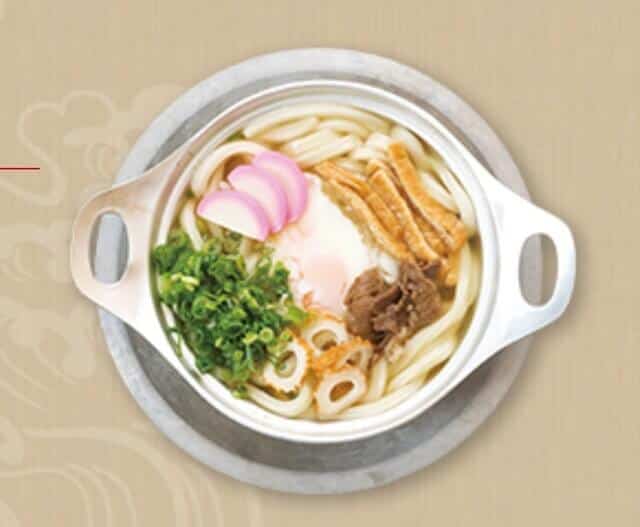
Priced at 968 yen, their nabe yaki udon has a Uotake-style arrangement that highlights a medley of fresh ingredients. They also paid particular attention to every detail, from the rich, aromatic broth to the perfectly cooked udon noodles. They made it by simmering handmade udon noodles in a soup made by combining dashi with a thick sauce and topping it with chicken, bamboo shoots, shiitake mushrooms, kamaboko, gluten, and shrimp tempura.
Summary
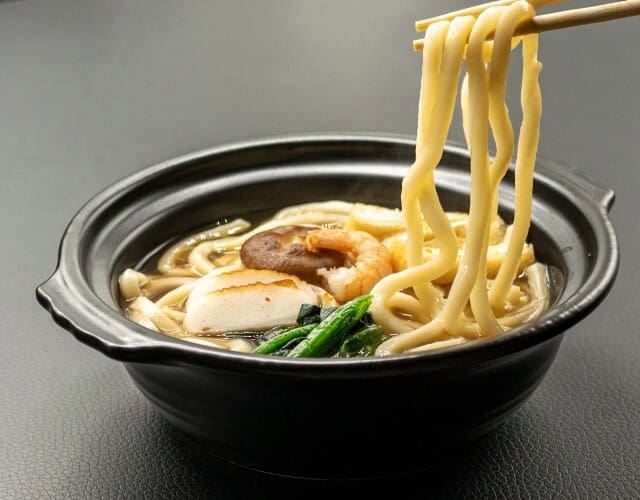
In conclusion, nabe-yaki udon is more than just a meal; it’s a warm, comforting dish that showcases the best of Japanese culinary traditions. We hope this article has helped you understand its rich history, delightful ingredients, and the joy it brings to those who enjoy it. If you ever find yourself in Japan, we encourage you to try nabe-yaki udon for yourself. Experience the flavors and warmth of this beloved dish, and we believe it will quickly become a favorite in your own culinary adventures!
Among all warm dishes in Japan, you can also try out other Japanese warmth dishes during this colder seasons.
FAQ
What is Nabayaki Udon?
Nabayaki Udon is a hot Japanese noodle dish served in a small clay or iron pot, featuring thick udon noodles cooked with broth and various toppings.
What ingredients are commonly used?
Typical ingredients include udon noodles, dashi broth, chicken, eggs, green onions, tempura, mushrooms, and kamaboko fish cake.
Why is it cooked in a pot?
The pot retains heat well, keeping the dish hot for a long time and enhancing the flavor as the ingredients simmer together.
Is Nabayaki Udon a winter dish?
Yes, it is especially popular in winter because of its warming effect and comforting taste.
Can the toppings be customized?
Absolutely. Many regions and households customize toppings based on local ingredients and personal preferences.
How is the broth made?
The broth is usually made from dashi, soy sauce, mirin, and sometimes a bit of sugar for balance.
Is Nabayaki Udon spicy?
No, it is not typically spicy, though shichimi chili pepper can be added for extra heat.
Can Nabayaki Udon be made vegetarian?
Yes. By using vegetable-based broth and omitting meat or fish products, a vegetarian version can be prepared.
Is it available in restaurants?
Many traditional Japanese restaurants and udon shops serve Nabayaki Udon, especially during the colder months.
Can I cook Nabayaki Udon at home?
Yes, it is easy to make at home if you have a small pot and basic Japanese seasonings like dashi, soy sauce, and mirin.




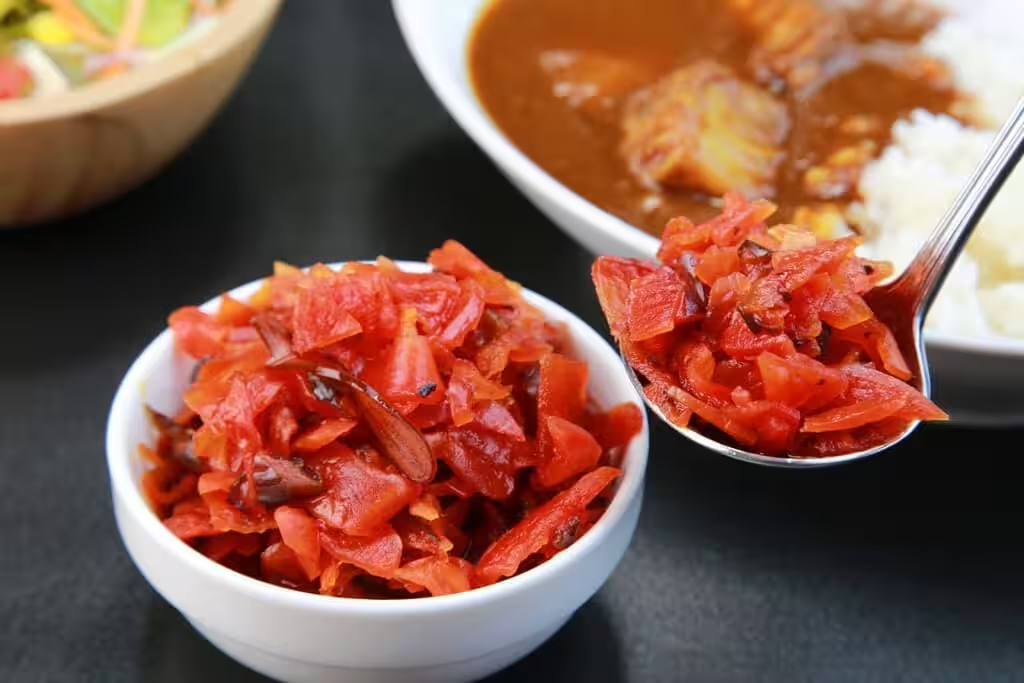

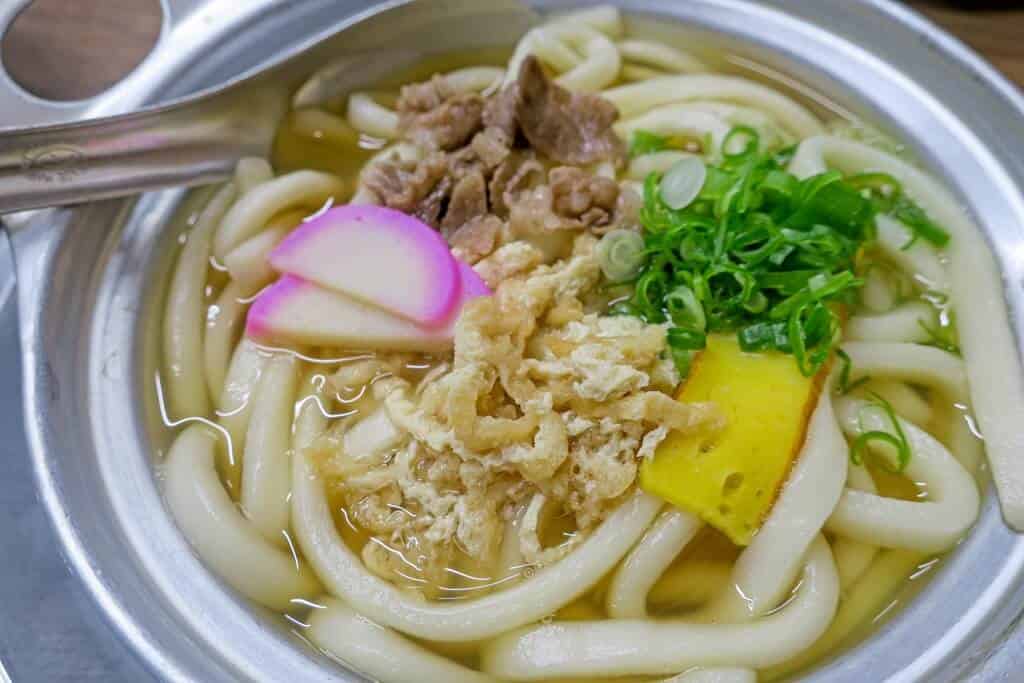
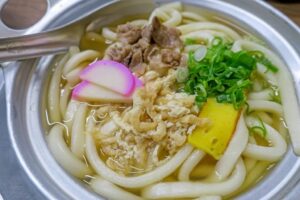
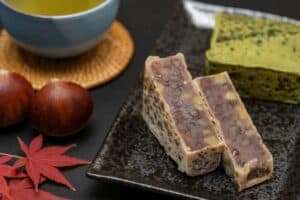
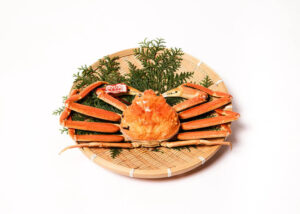
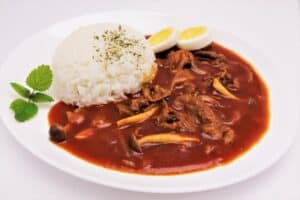
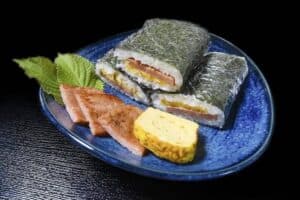
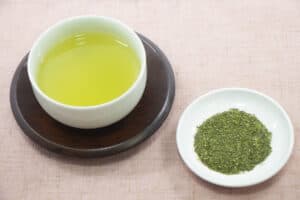
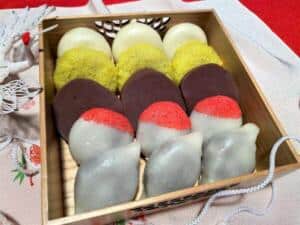
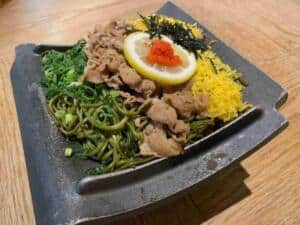

Comments